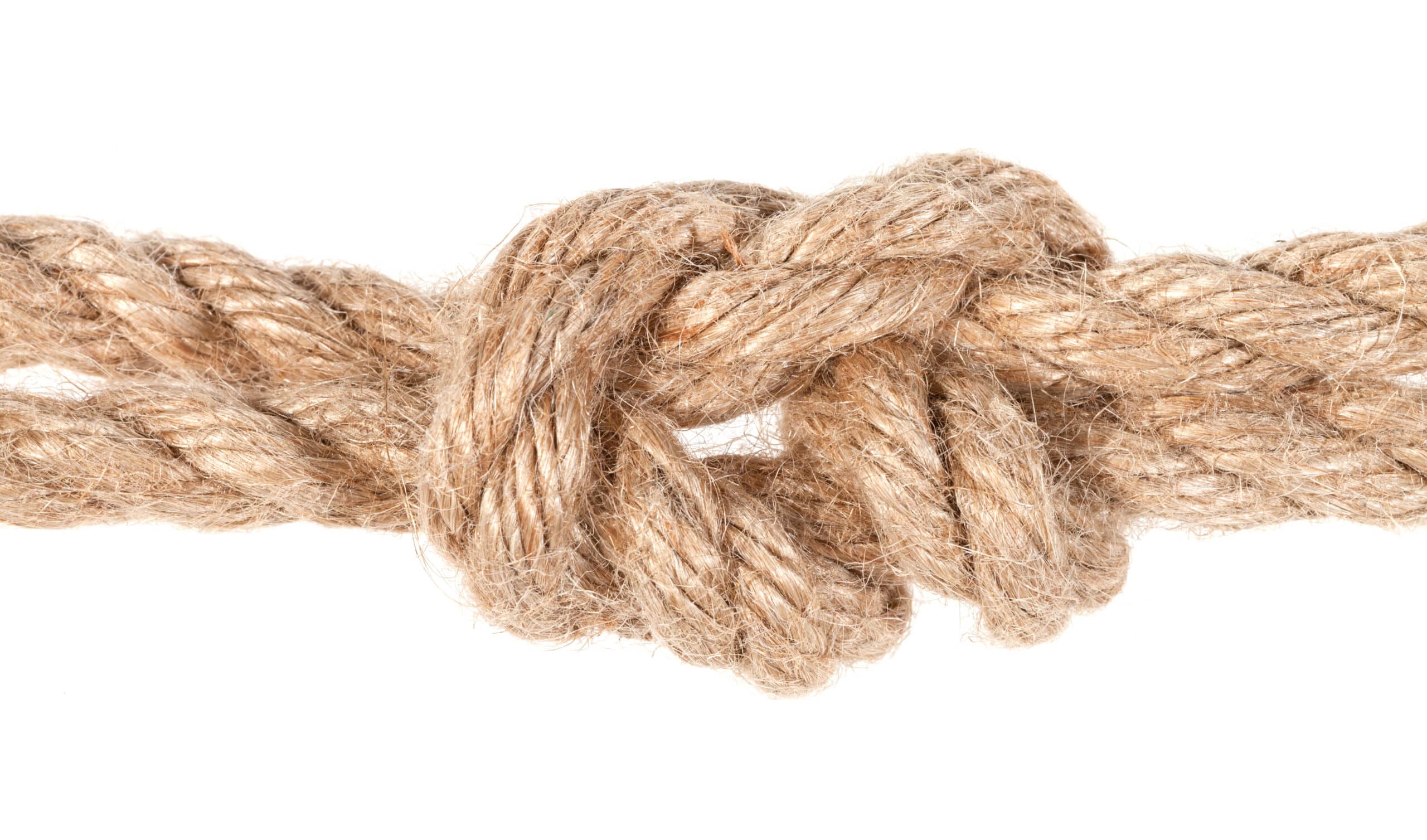When to Use a Palomar Knot
Key Takeaways
- The Palomar knot is a versatile and reliable fishing knot that is recommended for attaching fishing lines to hooks, swivels, lures, and split rings.
- It is particularly effective for use with braided fishing lines, providing a strong and secure connection.
- The Palomar knot can also be used with monofilament and fluorocarbon lines, but alternative knots may be better for heavier lines.
The Palomar knot is a versatile and widely used fishing knot that offers several advantages in various fishing scenarios. Whether you’re a seasoned angler or a beginner, understanding when and how to use the Palomar knot can greatly enhance your fishing success. In this article, we will explore the different situations where the Palomar knot is recommended and why it is considered one of the best fishing knots.
1. Attaching Fishing Lines to Hooks, Swivels, and Lures
The Palomar knot is primarily used for attaching fishing lines to hooks, swivels, lures, and split rings. It creates a secure connection that is unlikely to slip, making it a reliable choice for various fishing techniques. Whether you’re fishing for bass, catfish, tuna, or musky, the Palomar knot can handle the task.
2. Best Knot for Braided Fishing Lines
The Palomar knot is particularly recommended for use with braided fishing lines. Braided lines have a smooth and slippery surface, which can make it challenging for some knots to hold securely. However, the Palomar knot’s unique design creates a strong and reliable connection with braided lines, ensuring that your tackle stays in place during intense fights with fish.
3. Suitable for Monofilament and Fluorocarbon Lines
While the Palomar knot is most commonly used with braided fishing lines, it can also be employed with monofilament and fluorocarbon lines. These lines have a different texture and properties compared to braided lines, but the Palomar knot still provides a secure connection when tied correctly. It’s important to note that when using heavy monofilament leaders, it’s better to opt for alternative knots specifically designed for heavier lines.
4. Ideal for Fastening Applications
In addition to fishing, the Palomar knot can also be used for fastening applications. For example, it is an excellent knot for attaching a dog clip to a rope. Its strength and reliability make it suitable for various tasks where a secure connection is required.
5. Retains Line Strength with Non-Jamming Release
One of the key advantages of the Palomar knot is that it retains almost 100% of the original line strength. This is crucial in fishing, as you don’t want the knot to weaken and compromise your ability to land fish. Additionally, the Palomar knot has a non-jamming release, making it easy to undo when needed.
Conclusion
The Palomar knot is a reliable and strong fishing knot that can be used in a wide range of fishing situations. Its versatility, ability to retain line strength, and non-jamming release make it a go-to choice for many anglers. Whether you’re using braided fishing lines, monofilament, or fluorocarbon lines, the Palomar knot provides a secure connection that can withstand the challenges of different fishing techniques.
Related Websites:
- 101 Knots – Palomar Knot
- NetKnots – Palomar Knot
- The Knots Manual – Palomar Knot
- Tackle Scout – Palomar Knot
FAQs:
Q: What is a Palomar knot?
The Palomar knot is a fishing knot known for its simplicity and strength. It is commonly used to connect hooks or lures to fishing lines. The knot forms a strong and reliable connection, making it suitable for various fishing situations.
Q: How do I tie a Palomar knot?
To tie a Palomar knot, follow these steps: 1. Double about 6 inches of the fishing line and pass it through the eye of the hook. 2. Tie a loose overhand knot with the doubled line. 3. Pass the hook through the loop created by the overhand knot. 4. Gently pull both ends of the line to tighten the knot. Trim any excess line. Diagrams or illustrations can further assist in understanding the process.
Q: What are the advantages of using a Palomar knot?
Using a Palomar knot offers several advantages. Firstly, the knot retains most of the line’s original strength, ensuring reliable performance. Secondly, it is versatile and can be used with different fishing lines and hook sizes. Lastly, it is easy to tie, making it a convenient choice for anglers.
Q: When should I use a Palomar knot?
A Palomar knot is particularly useful in specific scenarios. It excels in connecting braided lines to hooks or lures, making it ideal for use with braided lines. Additionally, it ensures a strong connection, which is crucial when targeting large or aggressive fish species. It is also a time-saving option as it can be tied quickly, making it beneficial when retying frequently or during fast-paced fishing situations.
Q: What are some alternatives to the Palomar knot?
While the Palomar knot is popular, there are alternative fishing knots. Some commonly used alternatives include the Improved Clinch knot, the Uni knot, and the Trilene knot. Each knot has its own characteristics and may be more suitable for specific fishing scenarios. It’s worth exploring these alternatives to find the best fit for your needs.






